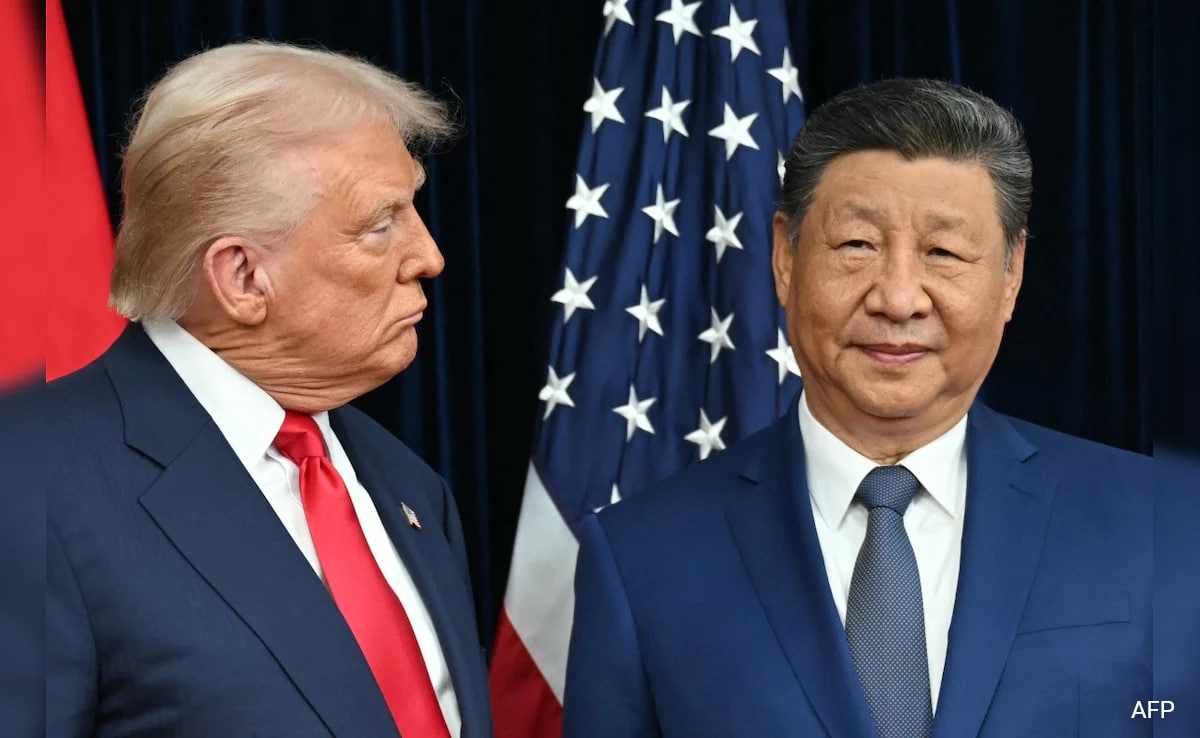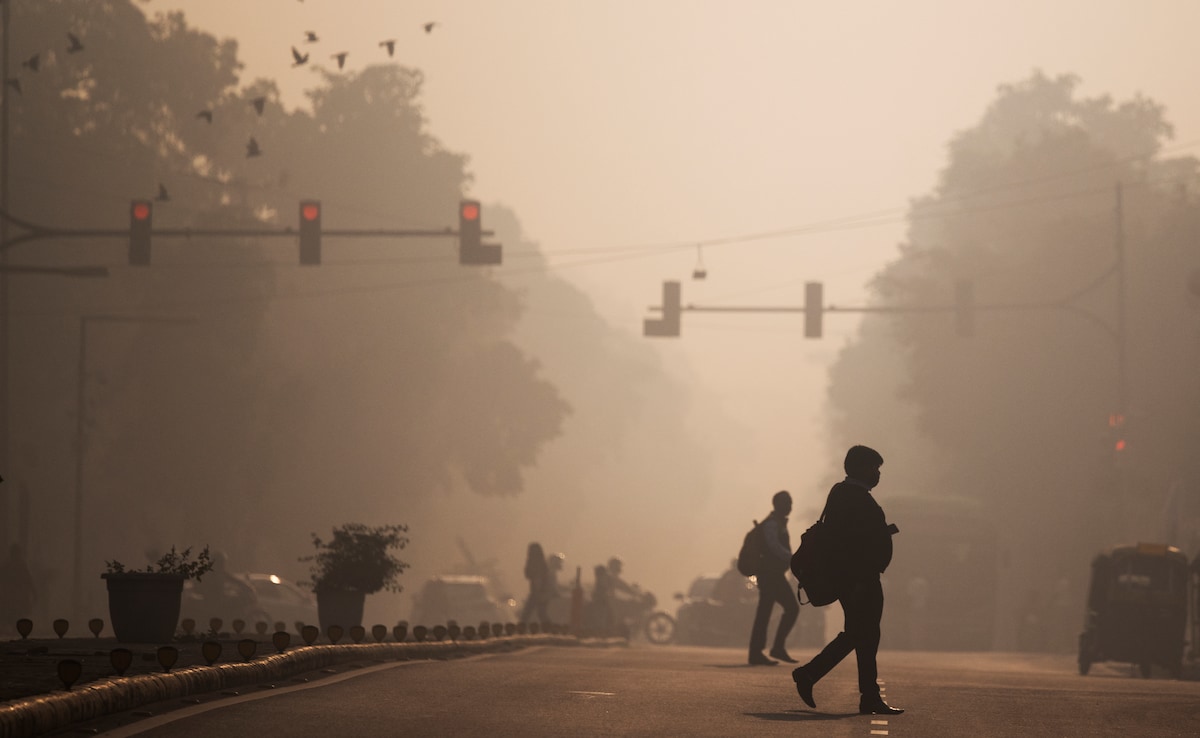But there were indications that the parade, which North Korea said involved paramilitary and public security forces, was toned down compared to previous military parades in January and October last year, when the North rolled out some of its most provocative strategic weapons threatening Asian rivals and the American homeland.
State media made no mention of ballistic weaponry being showcased this time.
The Korean Central News Agency and the Rodong Sinmun newspaper published photos and reports of fighter jets flying in formation above a brightly illuminated Kim Il Sung Square, named after Kimâs state-founding grandfather, and artillery pieces hauled by tractors. There were also marches of military search dogs and troops wearing gas masks and bright red suits.
The KCNA portrayed an event that was focused on domestic messaging, praising the marching units civilian defense organizations and public security forces for supposedly making huge contributions in anti-virus work, rebuilding communities destroyed by floods, and efforts to improve an economy battered by international sanctions and pandemic border closures.
Photos showed Kim, wearing a cream suit, waving from a balcony toward the assembled troops and spectators. The reports didnât say if Kim made a speech during the event.
The KCNA said Ri Il Hwan, a member of the ruling Workersâ Partyâs Politburo, did make a speech during the parade. He said the Northâs government will continue to strengthen defense capabilities and âfirmly defend the dignity and fundamental interests of our people and solve everything our own way with our own efforts on the principle of self-reliance.â
âWe shouldnât overinterpret foreign policy or negotiating signals from a parade thatâs primarily aimed at domestic political audiences,â said Leif-Eric Easley, a professor of international studies at Seoulâs Ewha Womans University. âThe parade is intended to show strength and serve as a quarantine morale booster.â
North Korea often celebrates major state anniversaries by displaying thousands of goose-stepping troops and its most advanced military hardware in parades at Kim Il Sung Square.
Previous nighttime parades were not aired live but a taped broadcast was shown on state TV hours later. The one overnight Wednesday and early Thursday was the third straight held at night â timed for spectacle.
KCNAâs report came hours after South Koreaâs Joint Chiefs of Staff said it was closely monitoring the North after detecting signs of a military parade.
Amid a stalemate in diplomacy with the U.S., Kim and his powerful sister have emphasized North Korea will boost its nuclear deterrent and preemptive strike capabilities while demanding that Washington abandon its âhostileâ policies â a reference to the U.S. maintaining sanctions and refusing to accept North Korea as a nuclear power.
The military parade likely is a measured attempt at pressuring the Biden administration over the diplomatic freeze after Kim failed to leverage his arsenal for economic benefits during the Trump presidency.
But experts say Kim is facing perhaps his toughest moment as he approaches a decade in rule, with North Korea maintaining a border lockdown indefinitely to keep out the coronavirus and with no prospect in sight to end international sanctions.
Last month, Kim Yo Jong berated the United States and South Korea for continuing their combined military exercises, which she said were the âmost vivid expression of the U.S. hostile policy.â
She and another senior North Korean official threatened unspecified countermeasures that would leave the allies facing a âsecurity crisis.â
The allies say the drills are defensive in nature, but they have canceled or downsized them in recent years to create space for diplomacy or in response to COVID-19.
.png)











 English (United States) ·
English (United States) ·  Turkish (Turkey) ·
Turkish (Turkey) ·